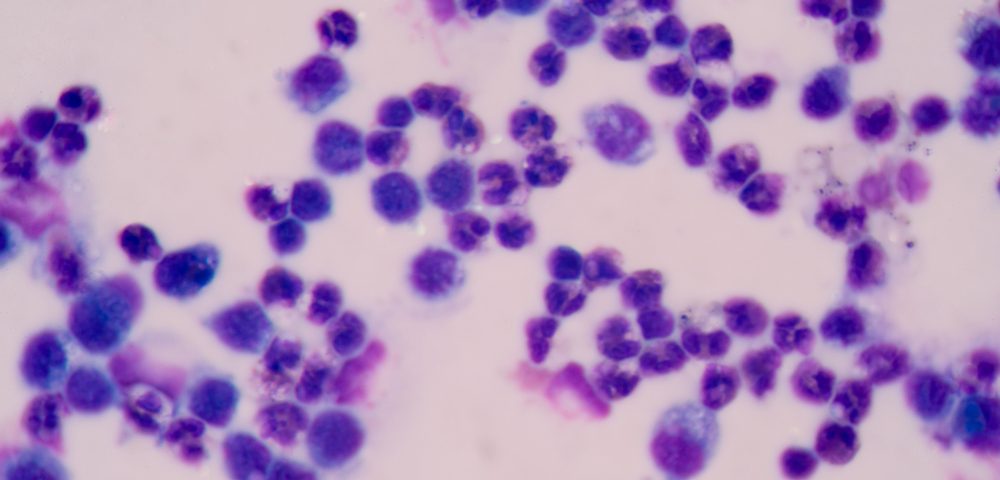Endometriosis patients are just as likely to have endometrial cells in their peritoneal fluid as women without the disease, suggesting that the backward flow of endometrial cells through the fallopian tubes into the peritoneal cavity occurs in most women, but only some develop the condition.
The study, “The Presence of Endometriosis in Peritoneal Fluid of Women With and Without Endometriosis,” was developed by researchers at the University of Leuven in Belgium, and published in the Reproductive Sciences journal.
The most common hypothesis for the origin of endometriosis was developed in the 1920s by John Albertson Sampson, who said that during menstruation, endometriosis cells and tissue fragments flow backward through the fallopian tubes into the peritoneal cavity — a process called retrograde menstruation — where they attach, implant, grow, and develop into endometriosis.
To reinforce Sampson’s theory for the development of endometriosis, proof should be provided showing that endometrial cells are present in the peritoneal fluid of women with endometriosis during menstruation. Therefore, researchers hypothesized that the presence of endometrial cells was more common in women with endometriosis than in controls without endometriosis.
Investigators tested their hypothesis on 17 women of reproductive age, nine with endometriosis and eight without, who underwent laparoscopy to investigate pain and/or infertility. Peritoneal fluid was collected during laparoscopy in the menstrual phase of the cycle and examined for the presence of different types of cells.
Results showed that endometrial epithelial cells, the cells that compose the endometrium, were present in 55 percent of women with endometriosis and 75 percent of controls. Endometrial stromal cells, the cells that control the development, growth, and differentiation of the epithelial cells, were also found in 66 percent of the nine women with endometriosis and 37.5 percent of the eight controls. The results showed that the prevalence of endometriosis cells in the peritoneal fluid was similar in both endometriosis and control women.
Studies that examined peritoneal fluids using other methods had already reported there was no difference in the prevalence of endometriosis epithelial cells between women with endometriosis and controls, but none had shown data for the stromal cells.
The investigators believe their data supports the concept of retrograde menstruation as a common phenomenon that occurs in many women despite developing endometriosis. Nonetheless, they were not able to determine why some women develop the disease and others do not.

